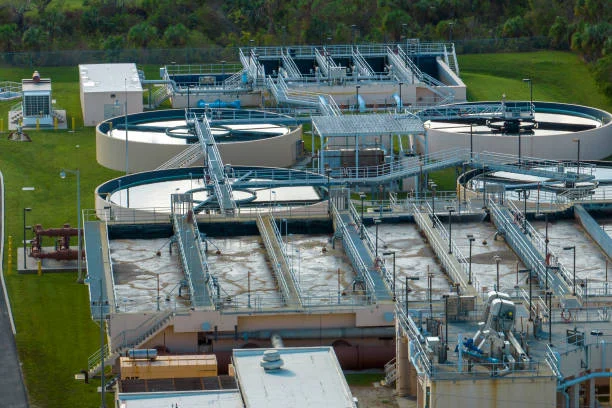
1. Introduction
In the gold mining industry, the efficient extraction of gold from ores is of utmost importance. Heap leaching and agitation leaching are two commonly used processes for this purpose. Each process has its own characteristics, advantages, and limitations. Understanding the differences between them is crucial for mining companies to make informed decisions regarding the most suitable process for their specific ore deposits and operational requirements.
2. Process Principles
2.1 Heap Leaching
Heap leaching is an industrial mining process used to extract precious metals, such as gold, from ore. The mined ore is usually crushed into small chunks and heaped on an impermeable plastic or clay - lined leach pad. A leach solution, typically a dilute alkaline cyanide solution for gold extraction, is then irrigated onto the ore heap. The solution percolates through the heap, and through a series of chemical reactions, it dissolves the valuable gold minerals. The solution containing the dissolved gold, known as the pregnant solution, continues to percolate until it reaches the liner at the bottom of the heap and drains into a storage (pregnant solution) pond. After separating the precious metals from the pregnant solution, the dilute cyanide solution (now called "barren solution") is normally re - used in the heap - leach process. The leach cycle generally takes from one or two months for simple oxide ores (e.g., most gold ores) to much longer for more complex ores.
2.2 Agitation Leaching
Agitation leaching is suitable for process materials having a finer particle size, typically less than 0.3 mm. In this process, the ore is ground to a fine powder and mixed with the leach solution in a stirred tank. The agitation in the tank ensures that the ore particles are well - dispersed in the leach solution, promoting intimate contact between the ore and the leaching agent. This enhanced contact accelerates the chemical reactions that dissolve the gold. For gold extraction, the leaching agent is often cyanide. Once the gold is dissolved, the resulting pulp is further processed to separate the gold from the solution, either through methods like metal replacement (using zinc powder in the case of conventional cyanidation with thickener - based continuous countercurrent washing, such as the CCD method and CCF method) or carbon adsorption (using activated carbon to directly adsorb gold from the cyanide pulp in methods like the CIP method and CIL method).
3. Ore Suitability
3.1 Heap Leaching
Heap leaching is mainly used to treat low - grade gold ore. It can handle a wide range of ore types, including oxide ores and some sulfide - bearing ores. However, the ore should have sufficient permeability to allow the leach solution to percolate through the heap effectively. If the ore has very fine - grained or clay - rich characteristics that can impede the flow of the leach solution, agglomeration techniques may be employed. Agglomeration involves adding binders to the crushed ore fines to form larger, more porous particles, which improves the percolation of the leach solution. This process is particularly suitable for large - scale operations where the volume of ore is substantial, and the cost - effectiveness of treating low - grade ores becomes more important.
3.2 Agitation Leaching
Agitation leaching is better suited for ores that are more complex in nature and require more intensive processing. Ores with a higher content of sulfides or other refractory minerals often benefit from agitation leaching. Since the ore is finely ground and agitated in the leach solution, the leaching agent can more effectively access and react with the gold - bearing minerals. It is also suitable for processing gold concentrates, where a higher degree of gold recovery is required. The ability to control the leaching conditions, such as temperature, pH, and agitation intensity, in the stirred tank allows for a more optimized extraction process for different types of ores.
4. Advantages and Disadvantages
4.1 Heap Leaching
Advantages
Simple Process and Low Investment: The process is relatively simple, with easy operation requirements. It has a short process flow and requires less capital investment compared to some other extraction methods. This makes it an attractive option for small - to - medium - scale mining operations or for mining companies with limited resources.
Low Production Cost: The operational costs are relatively low as it consumes less energy compared to agitation leaching. There is no need for expensive grinding and agitation equipment. Additionally, the use of large - scale leach pads allows for the processing of large volumes of ore at a time, further reducing the per - unit cost.
Good Adaptability: Heap leaching can be adapted to different terrain conditions. The leach pads can be constructed on various types of land, and the process can be scaled up or down depending on the available ore volume.
Disadvantages
Low Leaching Rate: Generally, the leaching rate of heap leaching is lower compared to agitation leaching. Only 60 - 80% of the gold in the ore can be recovered in many cases. This is mainly due to the relatively slow percolation of the leach solution through the ore heap and the limited contact time between the leaching agent and the gold - bearing minerals in some parts of the heap.
Long Leaching Cycle: The leach cycle can be quite long, especially for complex ores. This means that it takes a significant amount of time to complete the extraction process, tying up capital and resources for an extended period.
4.2 Agitation Leaching
Advantages
High Leaching Speed: The intense agitation in the tank ensures rapid contact between the ore particles and the leaching agent, resulting in a high leaching speed. This allows for a more efficient extraction of gold, reducing the overall processing time compared to heap leaching.
High Gold Extraction Rate: Agitation leaching can achieve a higher gold extraction rate, often exceeding 90% in favorable conditions. This is crucial for maximizing the recovery of valuable gold from the ore, especially for high - grade or complex ores where a high degree of extraction is necessary to make the operation economically viable.
Mechanized Operation: The process lends itself well to mechanization and automation, which improves the consistency and control of the leaching process. This reduces the reliance on manual labor and can lead to more efficient and reliable production.
Disadvantages
High Capital and Operating Costs: Agitation leaching requires expensive equipment for grinding the ore to a fine particle size and for the agitation in the tanks. The energy consumption for running these equipment is also high. Additionally, the need for more complex processing and control systems increases the overall cost of the operation.
Complexity in Operation and Maintenance: The equipment used in agitation leaching is more complex, and thus requires skilled operators for proper operation and maintenance. Any breakdown in the equipment can lead to significant production disruptions and costly repairs.
5. Environmental Impact
5.1 Heap Leaching
The main environmental concern with heap leaching is the potential for cyanide leakage from the leach pads. Although the leach pads are lined with impermeable materials, there is still a risk of leakage due to liner failures or improper construction. If cyanide - containing solutions leak into the surrounding environment, they can contaminate soil and water sources, posing a threat to ecosystems and human health. However, with proper design, construction, and monitoring of the leach pads, this risk can be minimized. Another environmental aspect is the large land area required for the construction of leach pads, which can lead to habitat destruction and land - use changes.
5.2 Agitation Leaching
Agitation leaching also has environmental implications. The fine - grinding of the ore can generate a large amount of dust, which can be a source of air pollution if not properly controlled. The use of cyanide as a leaching agent also poses a risk of cyanide release during the processing. Additionally, the wastewater generated from the process contains various chemicals and heavy metals, and proper treatment is required before its discharge to prevent water pollution. However, the more controlled nature of the agitation leaching process in a closed - system tank can make it easier to manage and treat the waste products compared to the more open - ended heap leaching process in some respects.
6. Conclusion
In conclusion, both heap leaching and agitation leaching have their own unique features in the gold mining industry. Heap leaching is more suitable for large - scale processing of low - grade ores, offering simplicity, low investment, and low production costs, but at the expense of a lower leaching rate and a longer leach cycle. On the other hand, agitation leaching is better for complex and high - grade ores, providing high leaching speed, high gold extraction rate, and the advantage of mechanized operation, yet with higher capital and operating costs. When choosing between the two processes, mining companies need to carefully consider factors such as ore characteristics, scale of operation, available capital, environmental impact, and long - term economic viability. In some cases, a combination of both processes or the use of other complementary techniques may also be considered to optimize the gold extraction process and achieve the best overall results.
- Random article
- Popular articles
- Popular comments
- Carbon leaching beneficiation process for gold mines
- Arsenic Gold Ore Wet Chemical Pretreatment Process
- Lead-zinc Ore Asynchronous Flotation Process
- Laterite Nickel Ore Hydrometallurgical Process for Oxide Ore
- Combined process of laterite nickel ore selection and smelting(oxidized ore)
- Lithium ore combined beneficiation process
- Zirconium Ore Processing: Gravity Separation and Flotation

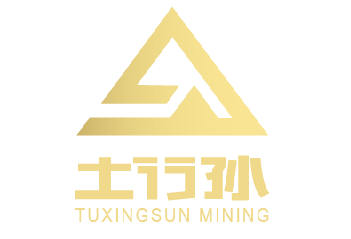
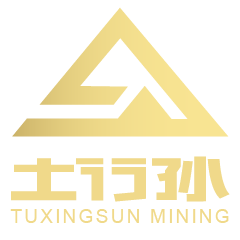


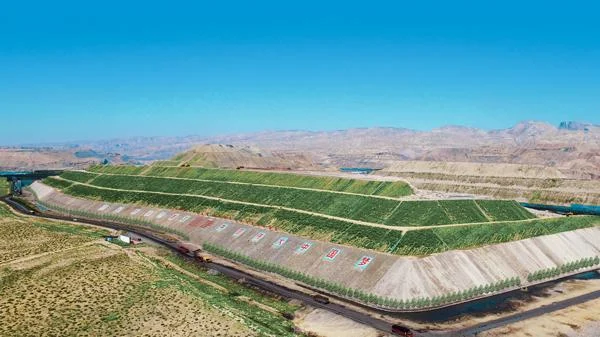
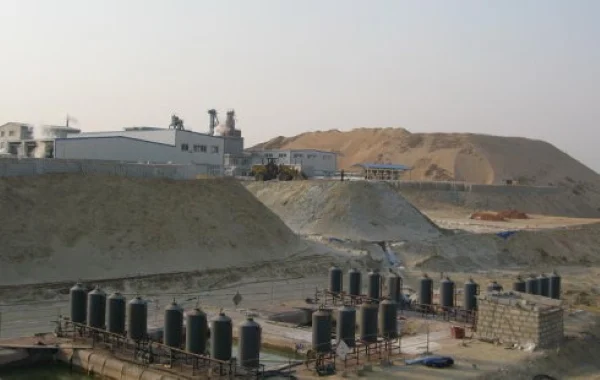
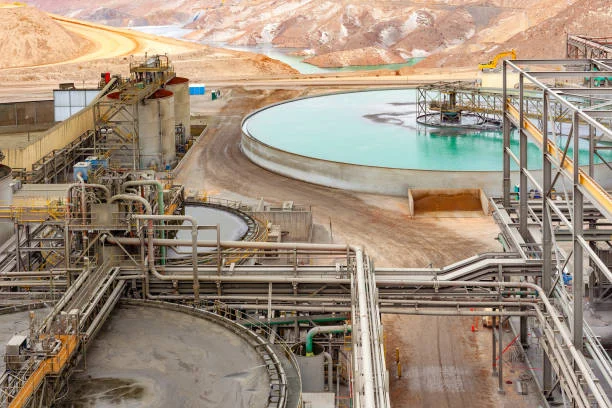
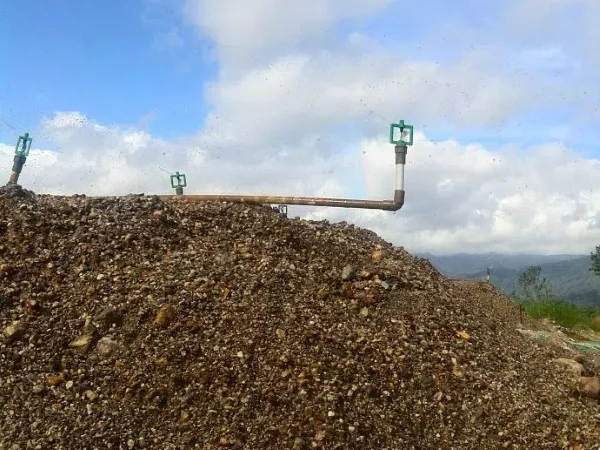

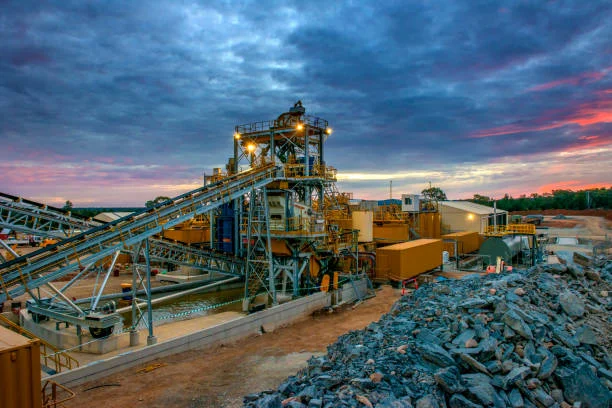
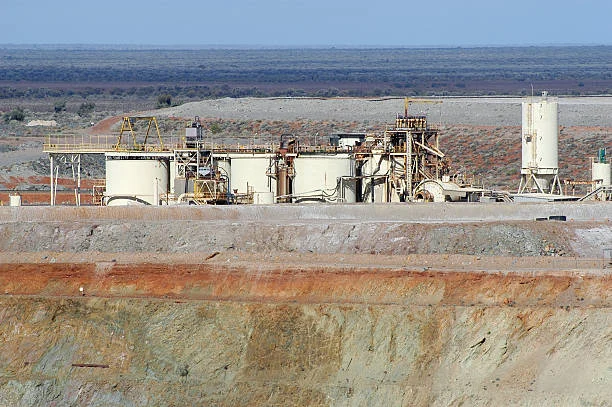
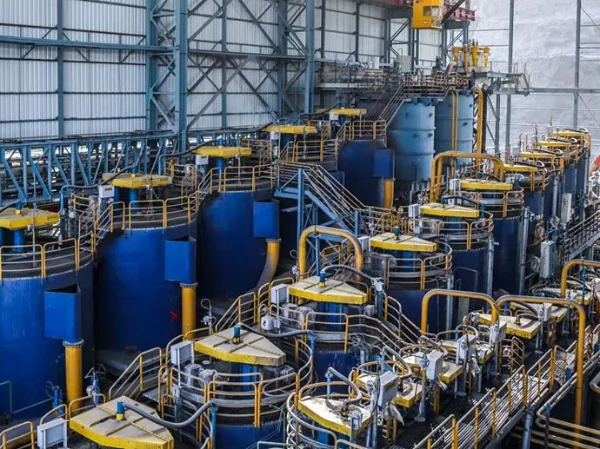
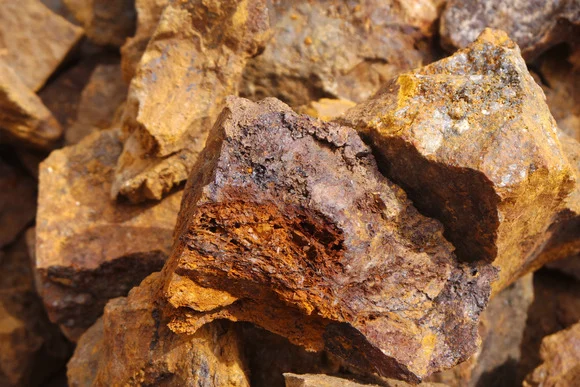

Leave a message with your needs or comments
Add comment: